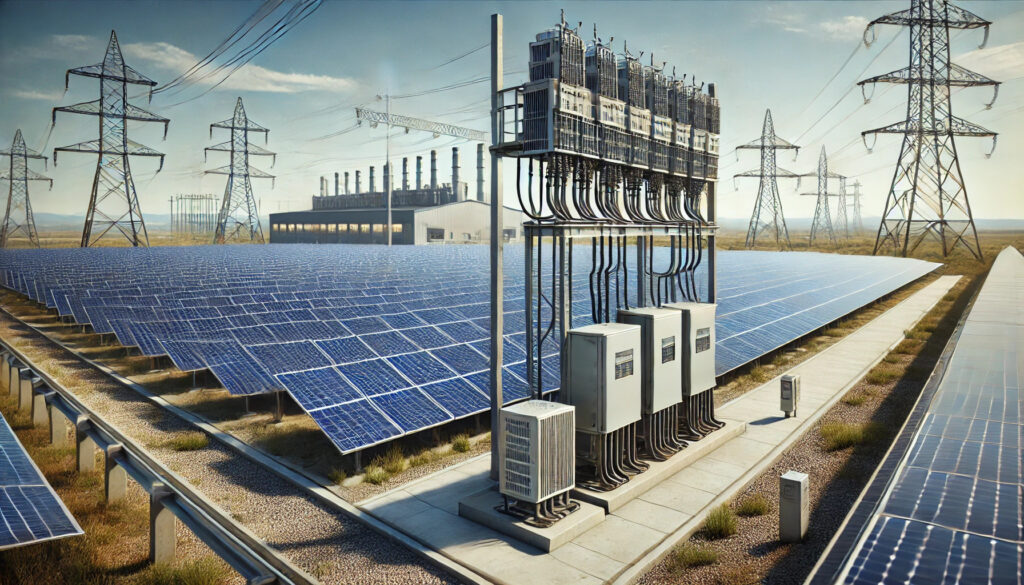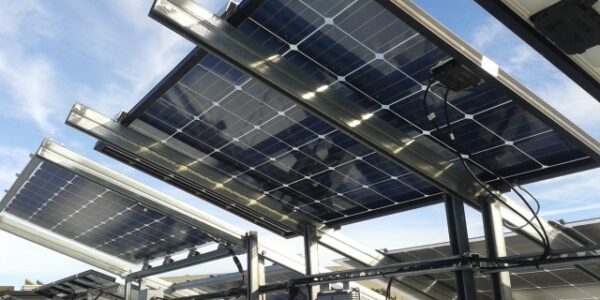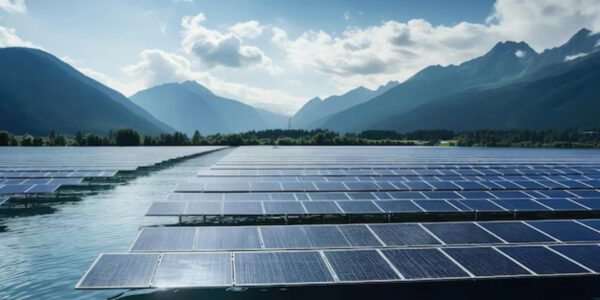Solar On-Grid Power Plants

Solar on-grid power plants are now equipped with advanced real-time monitoring systems that enhance performance and reliability. These systems use IoT-enabled sensors and cloud-based platforms to track parameters like energy output, weather conditions, and grid stability. By leveraging AI-driven analytics, these systems can predict maintenance needs, optimize energy production, and even alert operators to potential faults, ensuring maximum efficiency and minimal downtime. This technology-driven approach not only boosts energy generation but also makes on-grid solar systems a smarter, more sustainable choice for industries and large-scale applications.
Cost Savings in Solar On-Grid Power Plants
One of the most significant advantages of solar on-grid power plants is the substantial cost savings they offer. These systems allow users to generate their own electricity from sunlight, reducing dependency on utility power. Through net metering, excess electricity produced during peak sunlight hours is exported to the grid, and users earn energy credits that offset their electricity bills. This eliminates the need for expensive battery storage, further reducing upfront and maintenance costs.
Over time, the savings from lower electricity bills and the benefits of government subsidies or tax incentives for solar installations make these systems a cost-effective investment. Additionally, businesses can monetize surplus energy generation by selling it to the grid, creating a potential revenue stream. This dual benefit of cost reduction and income generation makes solar on-grid power plants an attractive option for residential, commercial, and industrial applications.
Key Specifications and Performance Data for Solar On-Grid Power Plants
| Parameter | Value/Range | Description |
|---|---|---|
| Average Lifespan of Panels | 25–30 years | Typical operational lifespan of solar panels under standard conditions. |
| Efficiency of Solar Panels | 15%–22% | Efficiency range depending on panel type (e.g., monocrystalline, polycrystalline). |
| System Installation Cost | $1,000–$2,500 per kW | Approximate cost of installation, varying by region and system size. |
| Energy Output per kW | 1,200–1,500 kWh annually | Average energy production per kW of installed capacity, depending on location. |
| Payback Period | 5–8 years | Time required to recover installation costs through energy savings. |
| Carbon Offset | ~1,500 kg CO₂ per kW annually | Reduction in carbon emissions per kW of installed capacity. |
| Maintenance Cost | 1%–2% of installation cost annually | Average annual maintenance expense for cleaning and inspections. |
| Net Metering Credit Rate | $0.08–$0.15 per kWh | Rate at which exported energy is credited by the utility grid. |
| Maximum Operating Temperature | -40°C to 85°C | Temperature range within which most solar panels operate efficiently. |
| Typical Solar Irradiance | 4–6 kWh/m²/day | Average sunlight received, varying based on geographical location. |
Advantages of Solar On-Grid Power Plants

Significant Cost Savings
Solar on-grid systems eliminate or drastically reduce electricity bills by generating power directly from sunlight.

Scalability and Flexibility
Solar on-grid power plants are easily scalable to meet growing energy demands.

Environmentally Friendly
Governments and utility companies often provide subsidies, tax credits, and Renewable Energy Certificates (RECs) for solar installations.

Incentives and Financial Benefits
Governments and utility companies often provide subsidies, tax credits, and Renewable Energy Certificates (RECs) for solar installations.

Reliable Power Supply
On-grid systems ensure uninterrupted energy availability as they are backed by the utility grid.

Energy Independence
Achieving energy independence is a key advantage of adopting solar energy systems.
Future Innovations in Solar On-Grid Power Plants
The solar energy industry is experiencing a transformative shift with rapid advancements in technology, promising to greatly enhance energy generation, improve efficiency, and streamline integration with existing energy infrastructures. These innovations not only aim to increase the effectiveness of solar power systems but also address some of the common challenges faced by traditional solar technology, such as space limitations, energy storage, and grid reliability.

Bifacial solar panels are designed to capture sunlight on both the front and rear sides, effectively increasing the amount of light absorbed and improving energy production. These panels utilize reflected sunlight from the ground or other surfaces, which boosts their overall efficiency compared to traditional monofacial panels. With these panels, solar energy systems can produce up to 30% more electricity, especially in locations with highly reflective surfaces.

Floating solar plants, also known as floatovoltaics, are a revolutionary concept that involves installing solar panels on bodies of water like lakes, reservoirs, and even oceans. By utilizing water surfaces for solar power generation, floating solar plants can significantly reduce land use, which is particularly valuable in densely populated or land-scarce areas. Additionally, the cooling effect from water can enhance the efficiency of solar panels, making them more productive in hot climates.
